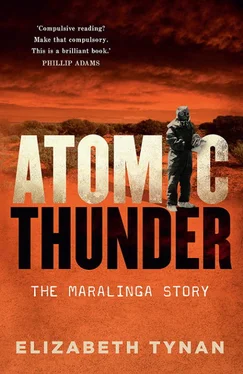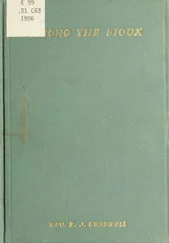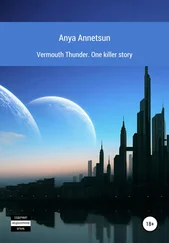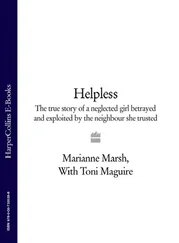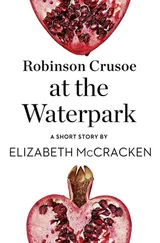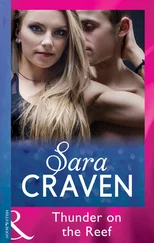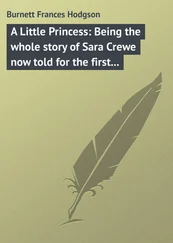This man had a genius of a mathematical brain on a level with Albert Einstein. He was the director of the whole concern, director of the atomic weapons research establishment in the UK, and he was going to come to my camp, stop with me for two weeks while I entertained him and showed him my bomb site for Australia.
Beadell had organised the delivery of eight Land Rovers to the site under the most trying circumstances. When the two large aircraft carrying Penney, his associates and the chief scientist for the Australian Department of Supply Alan Butement were due to land on the claypan, Beadell lined up the cars with their headlights on to guide them in.
Only the smallest number of people knew about plans for a mainland site. The pilots of the two aircraft had reluctantly been let in on the secret, but at this stage Beadell was one of the few people in the world who knew what X200 would become. Penney was a recognisable figure, so his trip to the centre of Australia was a highly secretive affair. After a ‘beautiful landing’ and an ice-breaking joke shared between Beadell and the British scientist over the state of Beadell’s socks, the party had to make the arduous trip from the makeshift airstrip to the proposed testing site about 80 kilometres away. Beadell observed that it was not easy since none of the party had ‘driven anywhere rougher than Piccadilly Circus’. The bushman had to edge them along painstakingly, over sandhill and through thick scrub.
Before we left the edge of the clay pan we stopped to let them see the little pebbles around the edge of the clay pan, the formations, and one of them said ‘what made the footprint in the wet sand, in the once-wet clay?’ And I said ‘oh, that’s an emu’s foot. When a bit of a shower came here once, an emu put his foot on the soft mud and it left an imprint. That’s an emu’s foot’. So we started to call this clay pan, ‘the clay pan with the emu’s foot mark on it’. Gradually that just became ‘the emu clay pan’, and the following year when the bombs did go off, it went around the world on the front page of every newspaper, ‘Emu Field atomic test successful’, and that’s where the name Emu came from.
A safety assessment of the site was sent to the Australian scientist and defence scientific adviser Professor Leslie Martin (soon to be appointed head of the AWTSC) and also to Ernest Titterton in May 1953. Emu was a diabolical site. Apart from being remote, it was a hardship post where everything was difficult. There was little water and no infrastructure. Everything had to be landed on the claypan and driven through the scrub, including a Centurion tank. Beadell had to lay out the instrumentation and set it all up. It took him a year to lay out thousands of instruments arrayed around the Emu bomb site to record data from the tests.
Again the arrangements proceeded rather too speedily given their complexity and logistical difficulty. Totem was a comparative trial, and its two devices contained differing proportions in plutonium-240. Both devices were detonated from 30-metre steel towers. They were much smaller in yield than Hurricane’s 25 kilotonnes: Totem 1 was 9 kilotonnes and Totem 2 was 7 kilotonnes.
Penney kept Totem under tight control, with little Australian input. The only exception was Ernest Titterton, now working in Australia, but always seen as essentially on the British side, with his Manhattan Project and Harwell credentials. Titterton was given access to documents that set out the firing conditions and predicted contamination for the Totem series, and generally drawn into aspects of planning for the series. He had been party to insider information on Hurricane, too, to a much greater extent than his Australian colleagues. Titterton was given the chance to revive some of his post-war Harwell research at Emu Field when he conducted some field experiments during the Totem series.
Beadell had a front-row seat for the first Emu Field test, Totem 1, on 15 October 1953.
I was standing alongside Sir William Penney on a little rocky outcrop which I had shown him before when I first took him down. I was only joking, but I said to him ‘it would be a nice place to watch the bomb go off’… but that’s where we were. The countdown got to minus 10, nine, and I said to him ‘we’re only 4 miles away from this’ and he said ‘oh, it will probably be all right’. And I said ‘I’d planned on being 400 miles away’. He said, ‘we’ll go together anyway’. We had our backs to it, and when it got to zero the whole of the world that we could see lit up in the most blinding orange flash that you couldn’t describe on such a scale. It lit up the whole sky, obliterated the sun completely and disappeared over an 80 mile skyline in the distance – the whole of the sky. I could feel the heat of it on the back of my neck. We turned around to see what we had done. Sir William and I got into an aeroplane and flew over it to see what it looked like from the air. If I had had the advantage of reading about what atomic radiation does to people after a long period, I might not have been so keen on going on that flight… When we flew over it, all we could see was a half a mile diameter sheet of melted sand, and nothing else.
The aftermath was different from that of the maritime Hurricane test. At Emu Field the earth was heated to such high temperatures it became glass.
The second test was on 27 October. Between the two tests, Menzies defended Australia’s role in the ongoing atomic test series during his regular weekly radio broadcast, Man to Man :
There is tremendous public interest in Atomic Bombs… Unfortunately there are scare stories, wild allegations, and, between you and me, a good deal of nonsense… But we must face the facts. And they are that the threat to the world’s peace does not come from the Americans or the British, but from aggressive Communist-Imperialism. In this dreadful state of affairs, superiority in atomic weapons is vital. To that superiority Australia must contribute as best she can.
Howard Beale described Beadell as ‘a man of iron endurance, and (like Kipling’s elephant child) of infinite resource and sagacity’. Beadell later wrote about Old Luke, a member of his surveying team:
Old Luke had a little joke waiting at this stage for the reporters. ‘Look’, he shouted pointing at the atomic cloud, ‘do you see it?’ Everyone whipped around to direct their attention to the cloud. ‘A perfect portrait of a myall blackfeller written with atomic dust; the new and old have come together today’. He was so enthusiastically serious that one by one they agreed that there was no doubt about it. Sure enough the newspapers printed the huge headlines: ‘Myall black man written by atomic dust in sky over Emu’. Good old Luke.
Prominent British Daily Express journalist Chapman Pincher also witnessed Totem and contributed an article to the Sydney Morning Herald . Pincher provided a vivid word picture of Totem 1, overcome with awe at what he had witnessed:
Peering through welders’ safety goggles, I watched [the explosion] swell into a tremendous fireball – a miniature manmade sun which rose away from the red sand like a giant balloon. A minute later I was shaken by a terrific shock wave – a hot blast that sent a double thunder clap rumbling around the desert for 30 seconds. As the fireball expanded it gave off a second burst of light more brilliant than the sun.
He concluded, ‘It is clear already that Britain’s bomb, designed and built without outside assistance, is a winner’.
The Totem tests caused many problems. The planning was rushed and the site was endlessly difficult. The British had not tested their own bomb on a mainland desert site before, and they were unfamiliar with the weather conditions. There was also the essentially uncontrolled presence in the general area of Aboriginal people, notwithstanding the work of the native patrol officer Walter MacDougall. The two tests were destined for controversy, particularly because of the infamous ‘black mist’ that is said to have blinded an Aboriginal boy, Yami Lester, killed others and caused significant, long-lasting distress to all the local Aboriginal people (discussed in more detail in chapter 7). Penney later conceded when questioned by the Royal Commission that Totem 1 took place in conditions that were unsafe for all concerned.
Читать дальше
